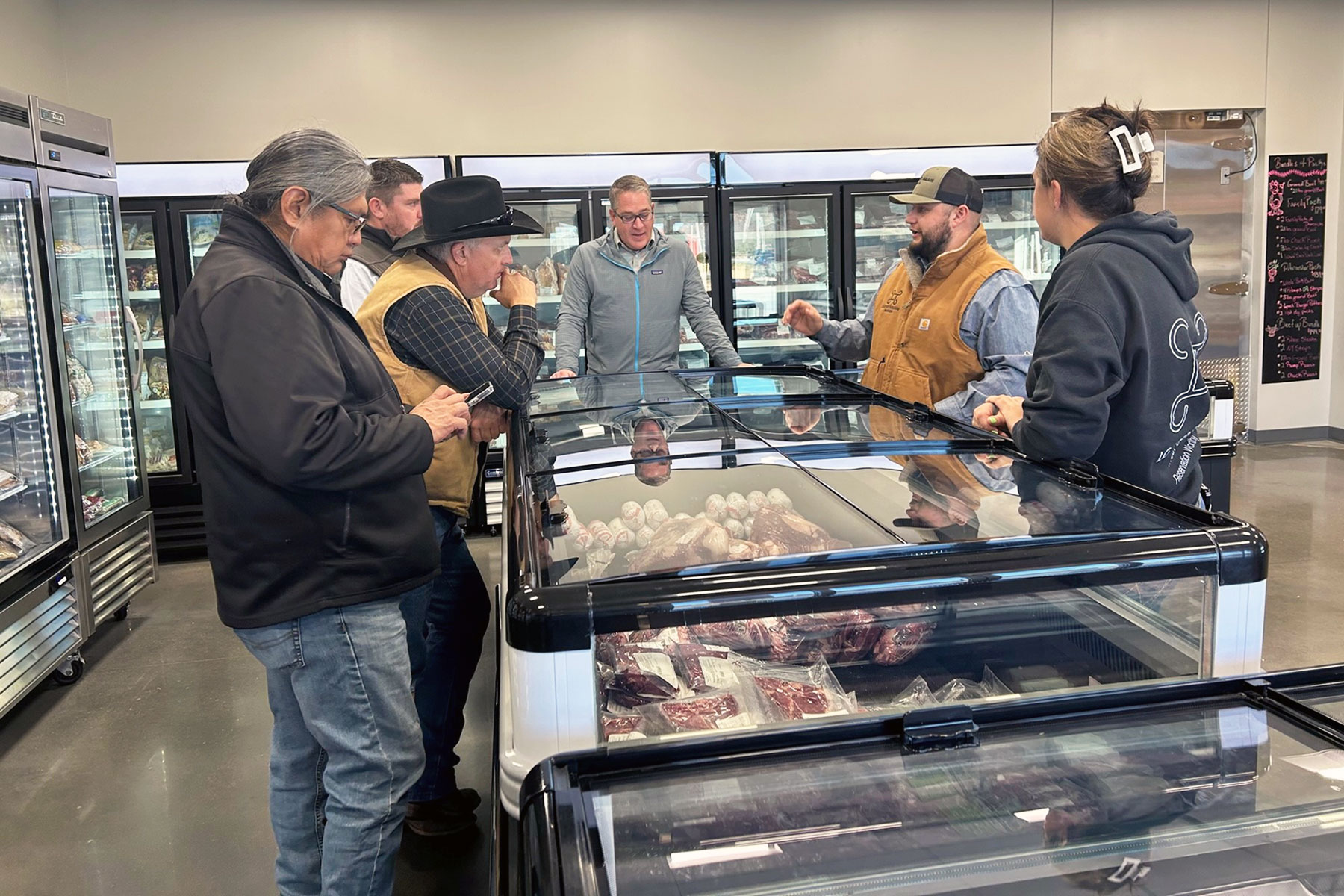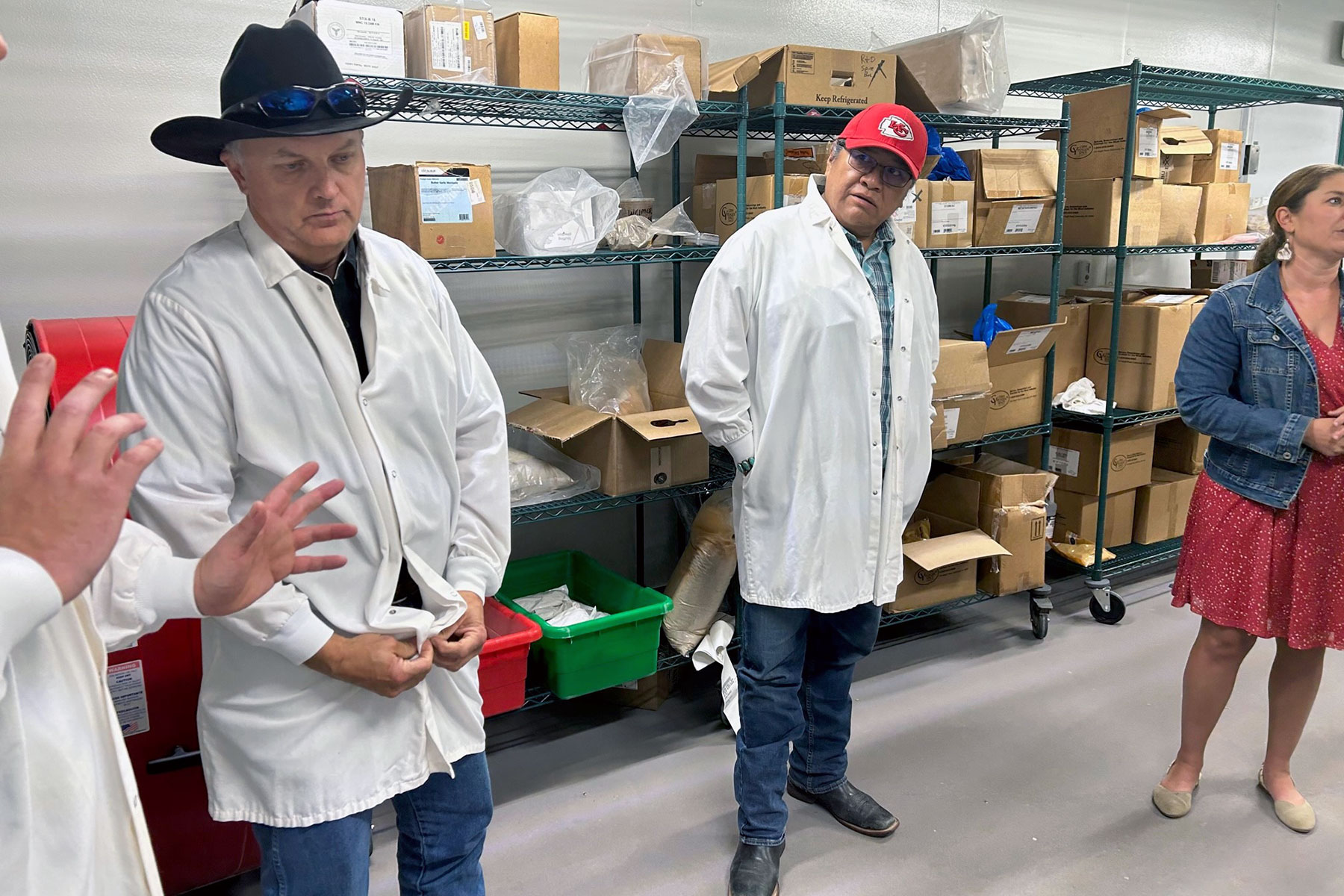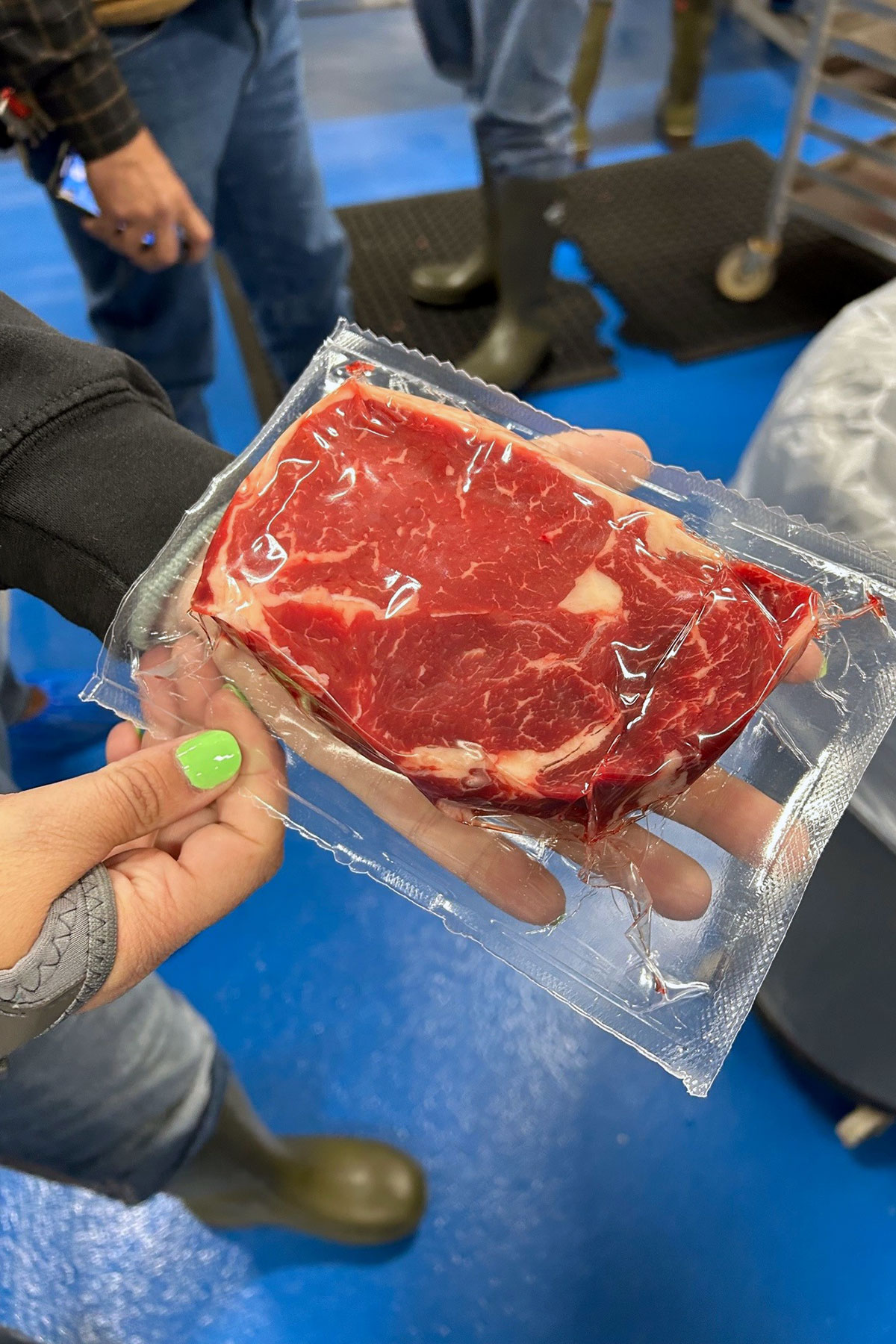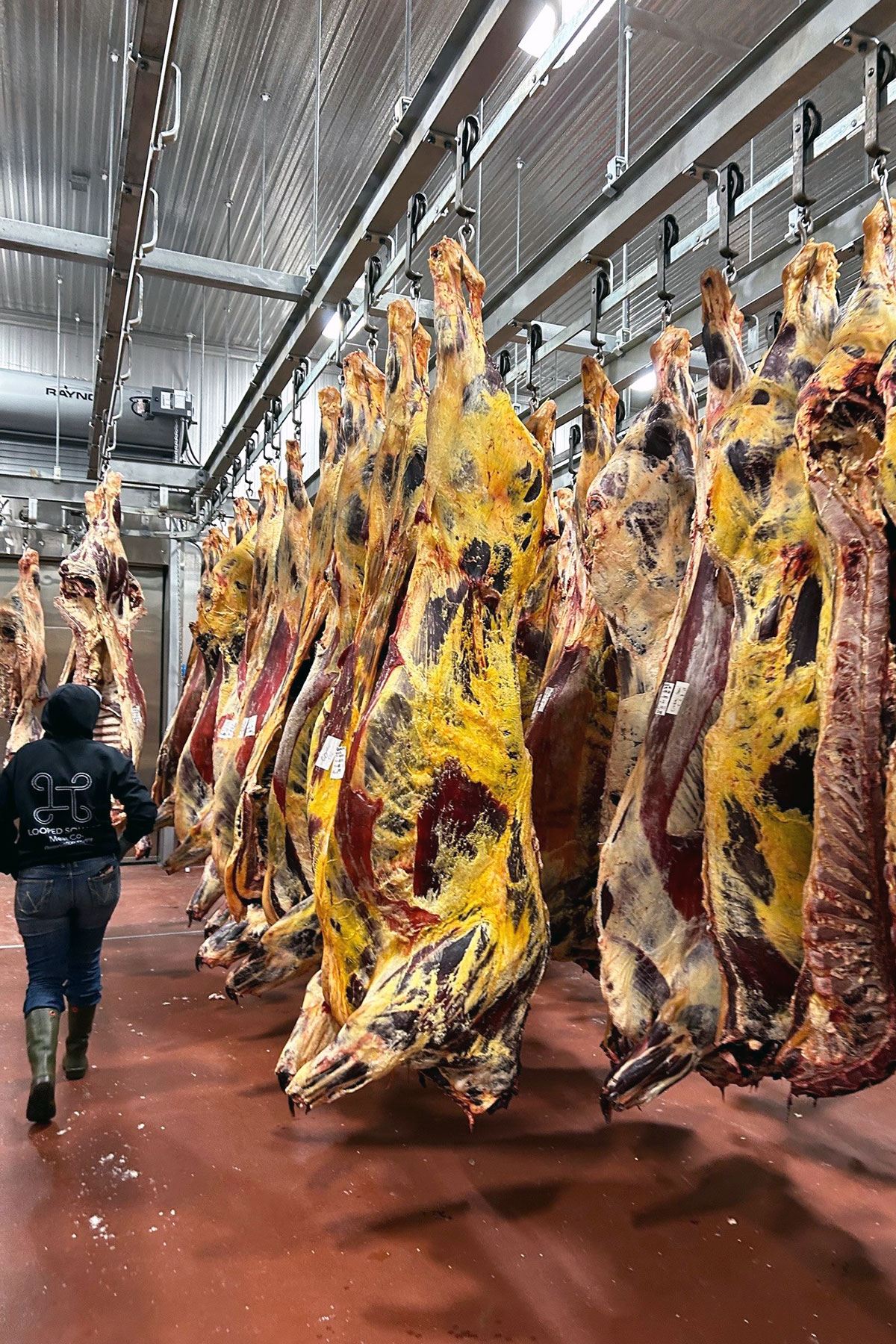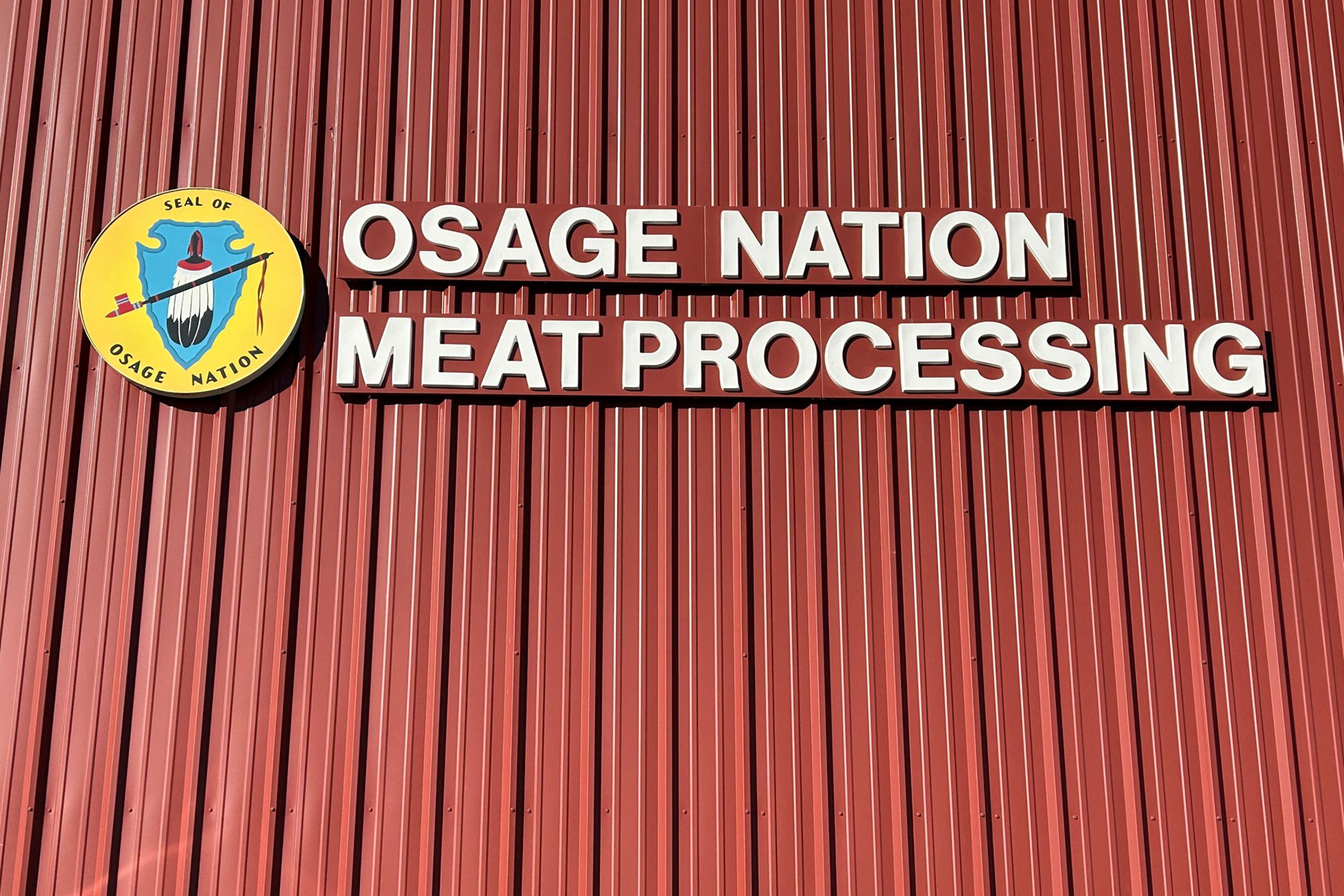‘See a need, fill a need’ – Big Weld
The Southern Ute Reservation is checkerboarded with trust land, fee land, and forest. We are blessed to have an ample supply of deer and elk. We also have quite a few head of cattle and bison that are raised by our Tribe and our tribal membership. The area around us is also blessed with non-tribal ranchers who raise various livestock of their own.
A common complaint that has surfaced over the years is the wait list for getting animals processed. Some people are transporting animals further away to reduce wait time. The question has come up about whether the Tribe would benefit from having its own meat processing facility. At first, I thought that this idea was only beneficial to a few people who would turn their animals in for processing, but a big picture view at this opportunity can show that there are other factors at play.
Meat processing is a bottleneck in the logistic flow of agriculture here in Southwest Colorado. Freeing up this blockage might allow for people to be more liberal in raising and feeding their herds. It might entice other people to take up raising livestock. It can solidify a sense of food-sovereignty by providing more meat in the area. It can increase interest in hunting wild game. It can boost the flow of forage and grain sales from our farmers who grow and sell feed. It can help people find a good reason to get back out into the fields and begin growing again.
There are different ways to look at the idea of a Southern Ute owned processing center. There are two main concerns that jump out when evaluating the need for such a facility: Cost and work force. The cost of a U.S. Department of Agriculture (USDA) meat processing facility is extensive. The trend over the past year in tackling this was to use ARPA funding or CARES Act funding to get the structure built, bring in the machinery, and pay upfront costs. As a tribe, we also have the ability to look into bond financing. Most importantly is the opportunity to use multiple USDA grants that are available for the feasibility study, facility planning, construction, value-added processing, and even distribution.
Though most of the upfront costs can be softened with these options, over time, there will need to be a source of revenue coming in to help offset operations, maintenance, payroll, and logistics cost. Providing a service to tribal members would not be enough to progress toward a break-even situation or even a profit driven business. The ideal solution would be to utilize the local rancher demographic and the custom cutting opportunities of community hunters.
In our initial phase of looking at whether this is an opportunity to pursue, we looked to other tribes to see who is already doing this type of work and how they are developing best practices. Our Natural Resource Department and Agricultural Division have reached out to the Osage and Muskogee Creek nations of Oklahoma, who are already up and running in this industry.
We were invited for a tour of their facilities, and we had many questions. Both nations are operating a tribally owned meat processing facility, and both are selling branded products from a retail store front located within the facility. Both facilities also balance the need of wild game processing and USDA commercial cutting. This requires separate areas and flow for the product from receiving the animals to packing the final product for personal consumption or for commercial sale.
The facility, equipment, and act of processing an animal from start to finish can be intimidating. It is a job that requires a specific type of person who can work through the cold day cutting and packing. This is where we also have concerns about the ability of being able to staff such a facility. In both facilities, it appears that a staff of about 18 people working one 7a.m to 4p.m. shift would suffice. The problem is that the work is tedious. The process is messy. The atmosphere is very cold. Call outs and low productivity can really hamper the workday. All these factors must be taken into consideration. The bottom line is “do we have the type of people who can do this job.” I tend to think so, since we have many avid hunters in the area who process their own game. The problem is getting someone to do this as a full-time job day after day.
There are still many questions to be asked about whether to proceed in something like this or not. In its initial phase the idea raises many more questions to consider. We’ll keep you posted on the progress of the discussion as it continues and as the departments explore the options of a Tribally owned and operated meat processing facility

